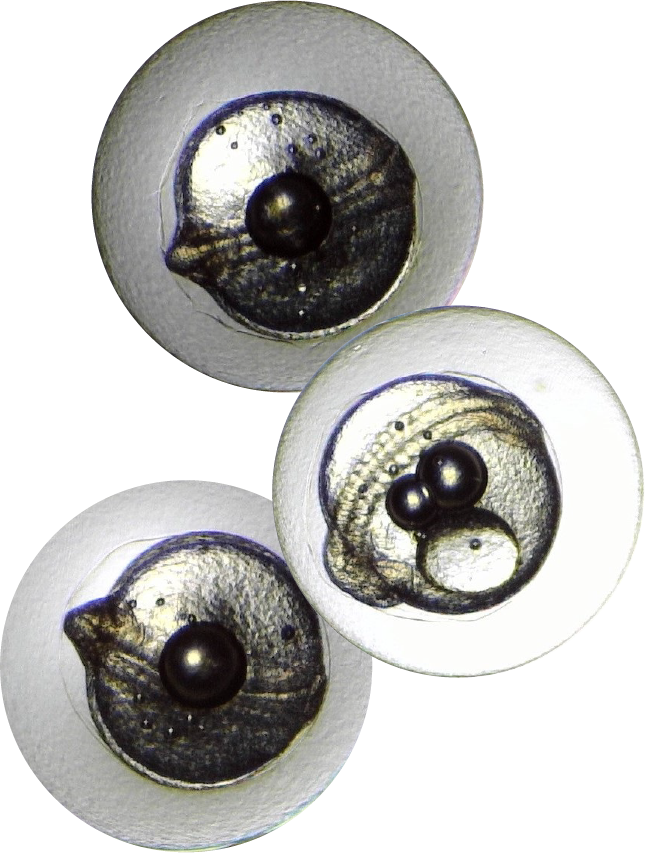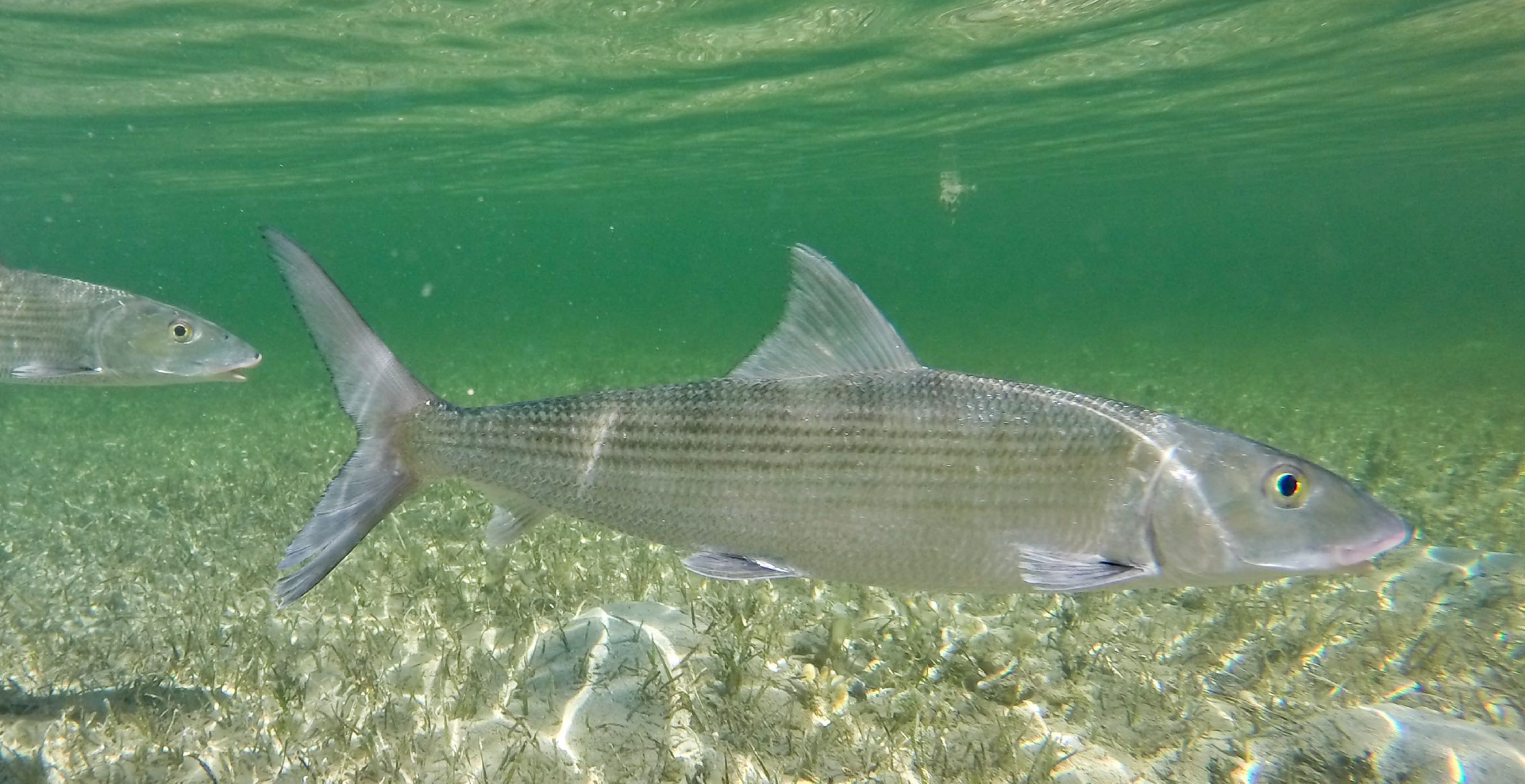Baby Bonefish
Researchers are World’s First to Pioneer Bonefish Reproductive Science in Captivity
In a race to solve a major challenge for conservation aquaculture, a breakthrough has been achieved by researchers at Florida Atlantic University’s Harbor Branch Oceanographic Institute, in collaboration with the Bonefish and Tarpon Trust. They are the first in the world to successfully spawn bonefish in captivity – accomplished in just four years.
Bonefish are an ancient group of fish, occurring in fossil records that go back 138 million years, but large gaps still exist in knowledge of their biology. Information on this “near-threatened” species, including spawning, eggs and larvae, is scarce.
Understanding the bonefish life cycle is essential to formulating conservation policies, addressing threats to the fishery and contributing to restoration.
Bonefish are a core component of Florida’s multibillion dollar sport fishing industry. The fishery also is culturally important, providing jobs that are often among the best paying and passed along family lines.
Yet bonefish populations have been declining in recent years, with estimated decreases of as much as 90% in some areas. Threats include habitat loss and degradation, coastal development and urbanization, declines in water quality, and harvest by commercial, artisanal and recreational fisheries.
The project’s breakthrough finding is that bonefish adults held in the laboratory can be conditioned to produce eggs and milt (semen) and then induced to spawn, entirely under controlled environmental conditions.
“Prior to this research, we didn’t know the environmental cues bonefish require for spawning -- what light, temperature and salinity levels promote egg and larval development; how long it takes eggs and larvae to develop; what larvae look like as they develop; or what larvae eat,” said Paul Wills, Ph.D., research professor and associate director for research who spearheads the aquaculture and stock enhancement program at FAU’s Harbor Branch. ◆

